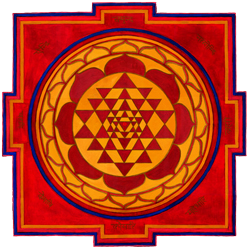Fengshui
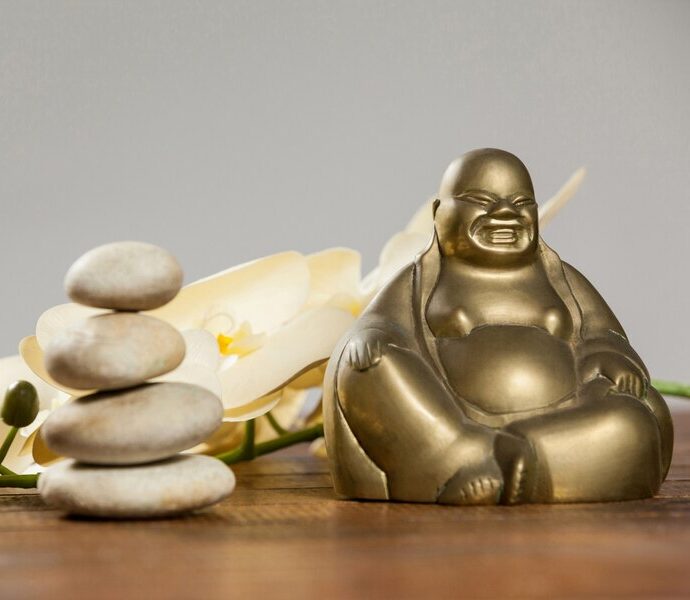
About Feng Shui
Feng shui is an ancient Chinese practice that focuses on the arrangement of objects in space to create a
harmonious balance of energy, or chi. It is based on the principle that everything in the universe is
connected, and the energy flowing through our surroundings can impact our lives in various ways. Feng
shui is a complex system that involves a range of techniques and practices to create positive energy flow
in different environments, including homes, offices, and public spaces.
The word “feng shui” translates to “wind and water,” two elements that are essential in the practice.
Wind represents the movement of energy, while water represents the flow of energy. The practice of
feng shui dates back over 6,000 years, and it has been used to promote good health, wealth, and
prosperity. Feng shui practitioners believe that by aligning the energy flow in our environment with our
personal energy, we can achieve greater balance and harmony in our lives.
There are various schools of feng shui, each with its own set of techniques and principles. The most used
schools are the Compass School and the Form School. The Compass School uses a compass to determine
the orientation of a space and align it with the energies of the five elements (wood, fire, earth, metal,
and water). The Form School, on the other hand, focuses on the physical layout of a space and how it
can be arranged to create a harmonious balance of energy.
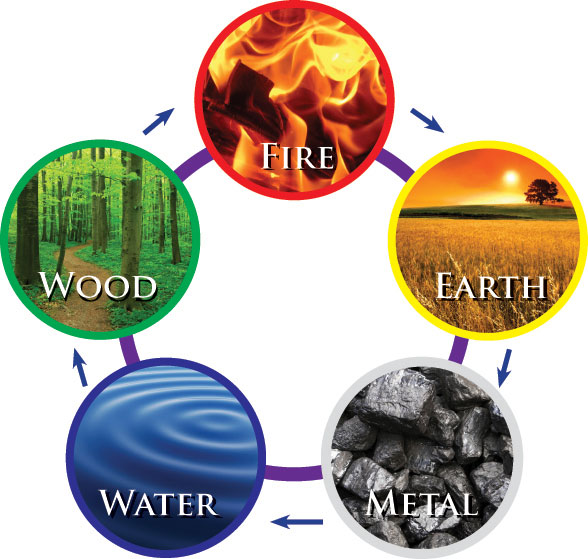
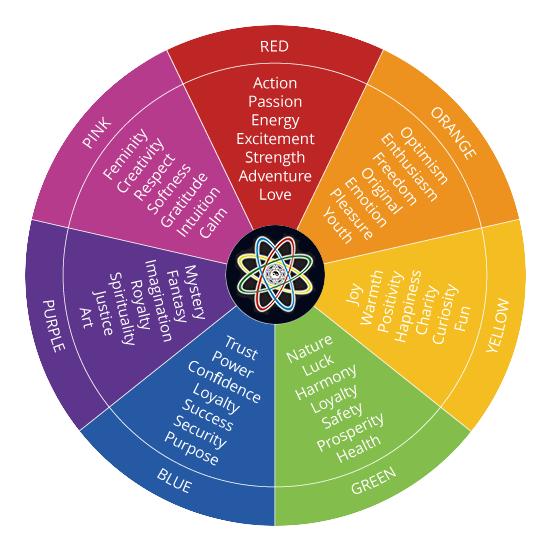
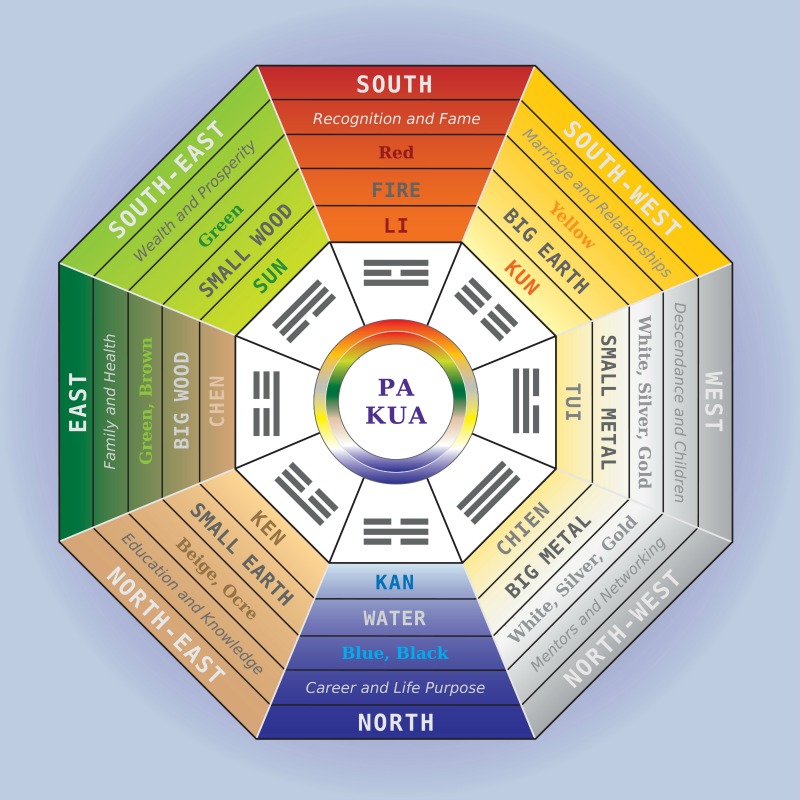
Difference between Feng Shui and Vaastu Shastra
Feng shui and Vaastu Shastra share similar principles and techniques for creating a harmonious and
balanced environment, but there are some key differences between the two practices.
One of the primary differences between feng shui and Vaastu Shastra is their origins. Feng shui
originated in China, while Vaastu Shastra originated in India. As a result, each practice has its own
cultural context and specific techniques that reflect their respective cultural heritage.
Another difference between feng shui and Vaastu Shastra is the way they approach the orientation and
layout of a space. In feng shui, the orientation of a space is determined using a compass to align it with
the energies of the five elements. In contrast, Vaastu Shastra determines the orientation and layout of a
space based on the principles of the five elements (earth, water, fire, air, and space) and the eight
directions.
The materials used in feng shui and Vaastu Shastra also differ. Feng shui places a significant emphasis on
the use of natural materials, such as wood and stone, to create a harmonious environment. In contrast,
Vaastu Shastra places more emphasis on the use of specific building materials, such as brick and mud, to
create a balanced space.
The color schemes used in feng shui and Vaastu Shastra also differ. In feng shui, the colors used in a
space are chosen based on the principles of the five elements and their associated colors. In Vaastu
Shastra, the colors used in a space are chosen based on the principles of the five elements and their
associated directions.
Another difference between feng shui and Vaastu Shastra is the way they approach the placement of
objects in a space. In feng shui, objects are placed in a space based on their energy properties and how
they interact with the surrounding environment. In Vaastu Shastra, objects are placed in a space based
on their functional use and how they contribute to the overall balance and harmony of the space.
Overall, while feng shui and Vaastu Shastra share some common principles, they differ in their cultural
context, specific techniques, materials used, color schemes, and placement of objects. Ultimately, both
practices aim to promote balance, harmony, and positive energy flow in our surroundings.
Feng Shui Objects
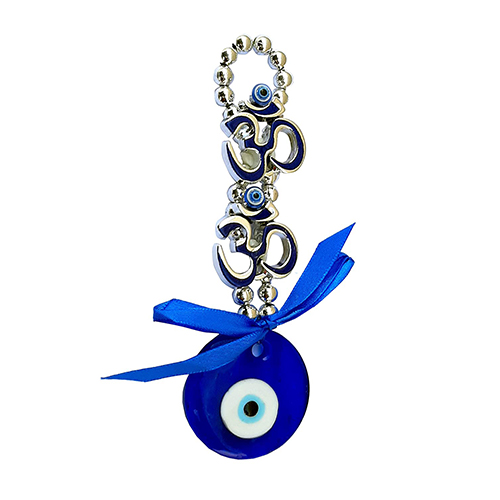
Evil Eye
In Feng Shui, the Evil Eye is considered a negative energy that can bring bad luck, misfortune, and illness. To protect against the Evil Eye, practitioners use various methods such as mirrors, charms, and crystals to deflect the negative energy.

Tortoise
The fengshui tortoise is a symbol of longevity, stability, and protection in Chinese culture. It is often used in fengshui practices to attract positive energy, wealth, and success. Placing a tortoise in the north or east of a home or office is believed to bring good fortune.
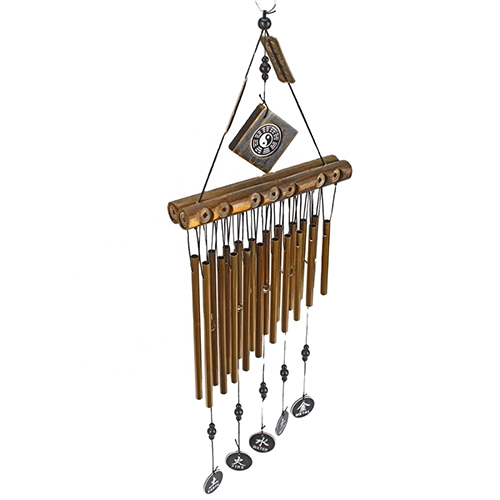
Windchimes
Wind chimes are believed to promote positive energy flow and harmony in a space. They
are typically made of metal or wood and are hung in a place where they can catch the breeze.
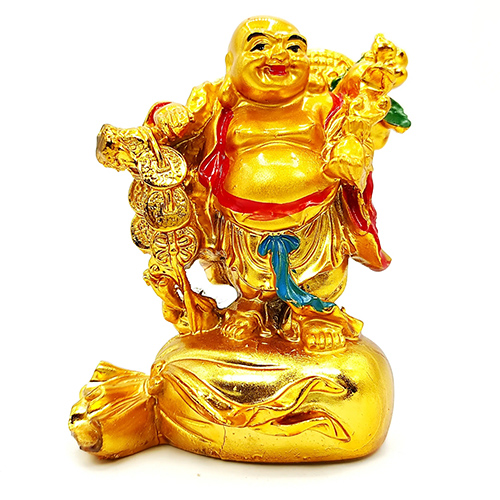
Laughing Buddha
The Laughing Buddha is a symbol of good luck and abundance in feng shui. It is often
depicted with a large belly and a happy expression and can be placed in the wealth area of a space or
carried as a charm.
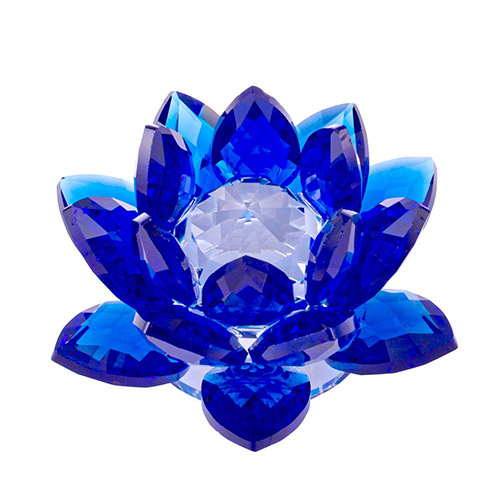
Crystal Lotus
Crystals are believed to have healing properties and can be used to enhance the energy flow in
a space. Clear quartz, amethyst, and rose quartz are popular choices in feng shui.

Elephants
Elephants are considered lucky in feng shui and are often used to promote good fortune and
protection. They can be placed in the wealth area of a space or used as a decorative element.

